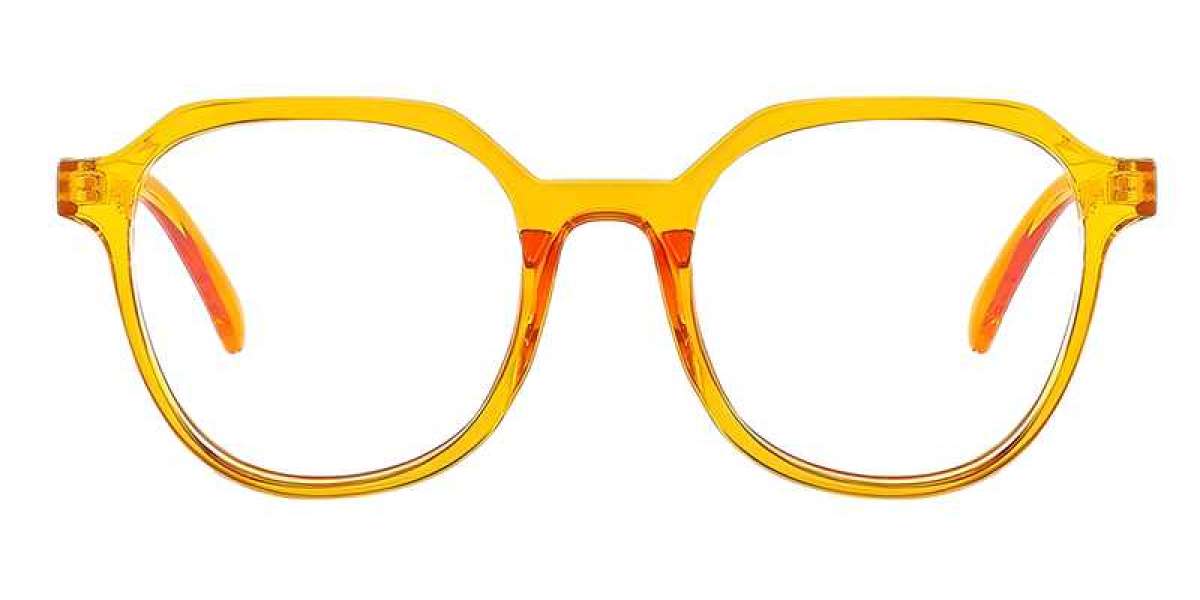Many people who wear glasses remember their degree, but they just forget what the distance between their pupils is. If equipped with regular single eyeglasses online cheap lenses, this can generally be measured by oneself, as long as the error of multiple measurements is not significant.
Usually, I use a ruler to take a photo and then zoom in to get a very detailed view. It can also be converted proportionally, as some people have different distances between their single pupils.
Some functional discount eyeglasses online lenses also require data on monocular pupillary distance, such as anti-fatigue, multifocal glasses, and customized lenses for high-end brand series.
There are two types of pupillary distances: distant pupillary distance and near pupillary distance. Generally, what we need is the distance between the pupils, and when measuring this, the eyes need to look into the distance. The closest distance between the pupils is the distance for reading books and magazines. The default pupillary distance for near use is usually 2 millimeters less for far use.
Pupil distance may not always be measured according to the processing of discountglasses lenses. Generally, there is strabismus, and some can form an artificial prism effect by changing the distance between the pupils and creating eccentricity. But not everything is applicable. The degree of alcohol consumption varies from person to person among guests. Usually, this still requires customized lenses to solve.
The size of the pupillary distance is also a major factor affecting the thickness of the lens. The closer the pupillary distance is to the frame size value, the thinner the edge thickness of the lens. Sometimes when the pupillary distance is small, a large frame is also chosen. Of course, the lenses are thicker, and some lenses may not be enough for processing, requiring customized large-diameter lenses.








